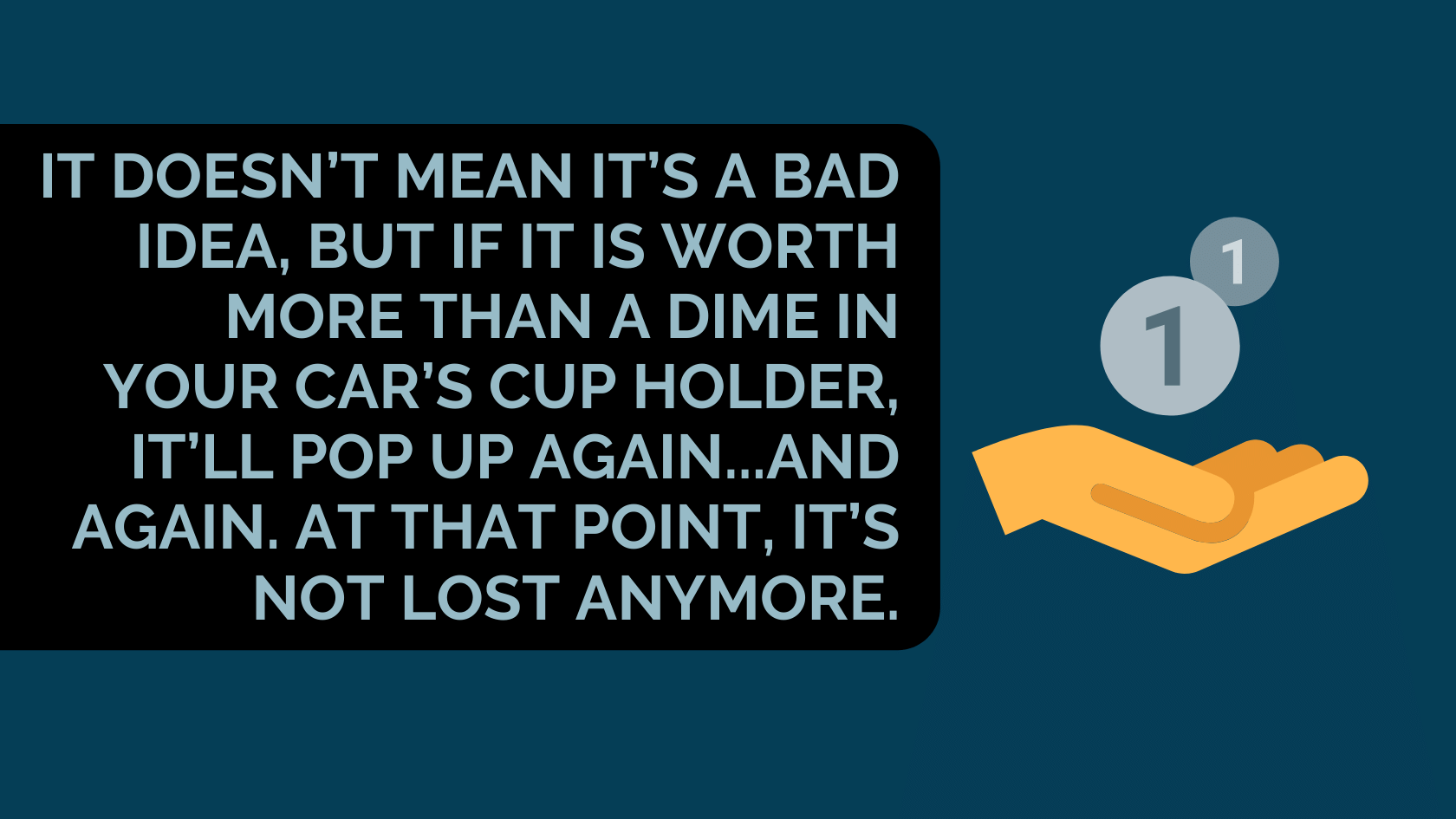
A customer who uses netTerrain for Data Center Infrastructure Management (DCIM) recently asked us why they couldn’t access some sort of customer-centric feature request database or roadmap tool.
It’s a good question (and it’s one that also invites some interesting philosophical debates that are fodder for more than the one heated discussion our team had here internally).
To answer this customer’s question:
You actually (sort of) can request features systematically, but it’s not without limitations: we just don’t have a pure and formalized feature request system for customers.
Now, before you take this the wrong way, allow me to say this: we love getting feature requests. Whether it’s for improving our network mapping functionalities, adding sizzle to the fiber plant features, automating our network mapping, or taking our DCIM product into the future, customer feature requests are what drive our roadmap.
The trick, however, is to manage these requests properly: the reason behind our somewhat careful approach to this has to do with our stance on roadmaps as well as with the direction a software should take. While I will not get into the whole issue of pros and cons of a roadmap right now, I am quite opinionated about it and will blog about roadmaps shortly.
The User Portal
We do have a few tools for customers that allow them not only to request features, but, in some ways to also understand the status of said features.
One is, of course, our support portal. Using the portal, you can request a feature and include a brief description — anything from DCIM monitoring, network mapping connectors, API, OSP improvements, and what not are fair game. Your requests can be tracked, but here is where it gets dicey…
Your request may, or may not, end up in the roadmap. We tend to close feature requests as soon as we announce that it’ll be included in some version or that it won’t.
As we reserve the right to drop the feature at any time, we can’t promise anything. Does this approach give you visibility? No. Do the nice-to-haves get lost? Yes.
Pretty sad, no? Actually…no.
Sure, if you were to be the lucky recipient of that one pet feature, you’d disagree, but overall, saying no is a good thing. I’ll talk more about roadmaps in a subsequent blog, but generally this is what happens when we hear about a nice-to-have feature for the first time: we nod, perhaps sleep on it a bit, and then we probably just forget about it. It doesn’t mean it’s a bad idea, but if it is worth more than a dime in your car’s cup holder, it’ll pop up again…and again. At that point, it’s not lost anymore.
Customer Advisory Board
Now, if you are a power user with a proven track record of suggesting good ideas that end up being requested by others, we have another concept that is actually great for feature requests: the customer advisory board (founded about a year ago).
What is this? Utilizing a customer advisory board (CAB) is an approach that many successful software companies take. Our CAB consists of a healthy mix of customers, both large and small, from a variety of industries that use netTerrain in different capacities. Several customers use it for the traditional network documentation and IT visualization tasks, a few specifically for Data Center Infrastructure, cable management and DCIM monitoring, and, more recently, we’ve invited a few that use netTerrain for fiber plant documentation and outside plant.
Our CAB meets twice a year (once online, once in-person) for two hour roundtables in which we share top concerns. We systematically track the requests of the board and then hold bi-yearly follow-ups with the members. We track it in a shared environment (it only tracks requests from the board and is closed to the rest of the public).
Now, you may still be disappointed, and I get it. But, as I said, we do track the recurring requests and we have something that is actually great (and I hope it’s already benefited you): very good response rates from our team as well as customer support that is personalized. Nothing prevents you from setting up appointments with us – and if you can make a really good case for your pet feature – it may very well end up in our roadmap.
Until next time, happy documenting!
